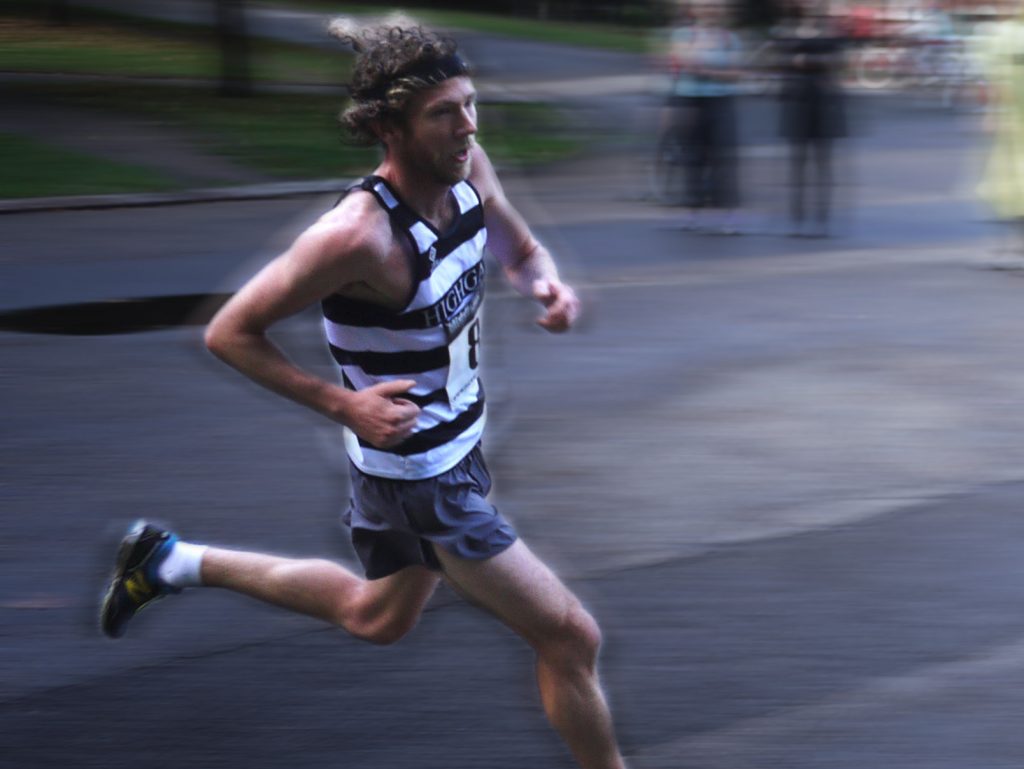Here’s a post from Top GB runner and coach Shaun Dixon.
Shaun coaches a range of runners from beginner to elite at Let’s Get Running, for more details and other hints and tips take a look at his website. I have worked with Shaun for several years and would highly recommend him to anyone trying to improve their performance.
1. EMBRACE PAIN. IT IS A RACE.
I was recently asked at what point I started to push myself in a 10k race. My response; from the start. Running doesn’t get easier the fitter you get, you just learn to tackle the pain head on. Be prepared to suffer and practise that feeling in training.
2. CREATE A ROUTINE THAT’S IMPOSSIBLE TO BREAK.
Elite runners very rarely miss a days training, unless they’re bed bound or injured. All elite runners are incredibly stubborn; building their lives around training, racing, nutrition, and recovery. Establishing an iron clad routine is important-it takes choice out of the equation.
3. RUN WITH OTHERS. JOIN A GROUP, FIND A COACH OR DISCOVER A TRAINING PARTNER.
Although not exclusively, most East African runners train in groups. This is a major advantage. They push and share the pace, and get used to racing against others. Rivalries, friendly or otherwise, will always bring out the best in you.
4. KEEP TRAINING VARIED.
Elites will often touch a variety of physiological buttons throughout the week. 10k requires speed endurance- the ability to tolerate a challenging pace for a sustained period, but it also requires a host of other skills. You need good basic speed, an ability to tolerate lactic buildup in the final third of the race and a robust technique to keep you moving efficiently all the way to the finish. Most people will simply go and practise running 10k to improve. Elites will think about the demands of the race and train accordingly.
5. ADDRESS WEAKNESSES.
People tend to gravitate towards the type of training they perform best at, but elite athletes will be quick to discover and address weakness. If a physio or coach suggests an area of weakness you need to put in the time to address the issue.
6. YOU DON’T HAVE TO PUSH THE ENVELOPE ALL THE TIME.
You do not need to smash every workout. A large proportion of an elite runners ‘running diet’ will be run at a comfortable or steady state. You need high intensity sessions and long challenging efforts to improve but you need to recover to gain adaption. In a week where they run 12 times or more elites might all go for it in 2-4 hard sessions. Steady running still stokes your aerobic engine, develops strength and pathways between brain and muscles.
7. TAKE A RISK AND EXPERIMENT.
Unless your standing on the line in the Olympic final always remember 1 thing- it doesn’t really matter. Experiment with tactics; sit back and push the last 4k, go out hard, or try and sit in with a pack. If it all goes wrong there’ll be another 10k race next week.Training and racing is an experiment and you should enjoy the process of finding your best performance.
Having a coach would undoubtedly help. Here’s some options that we could help with.



